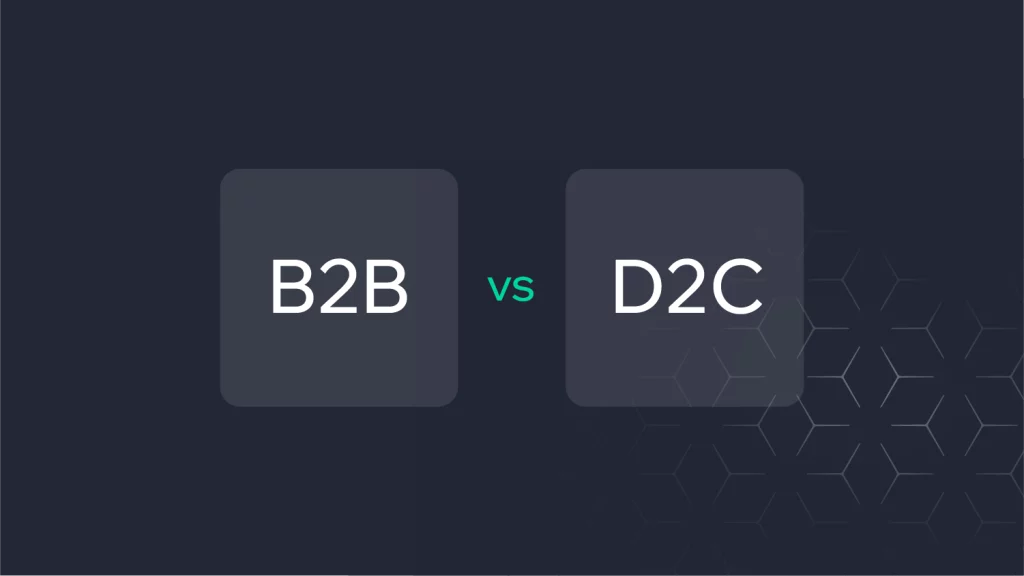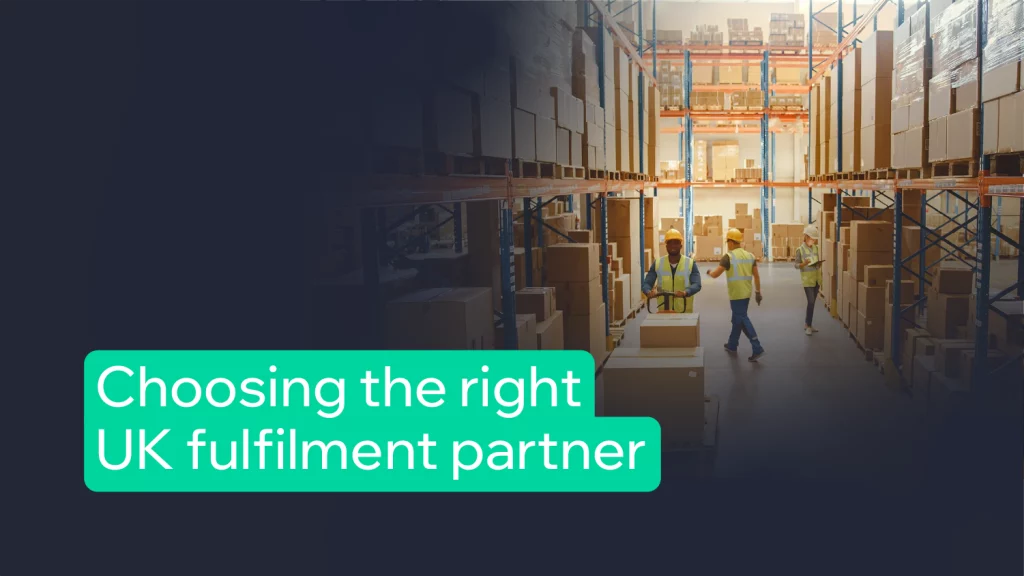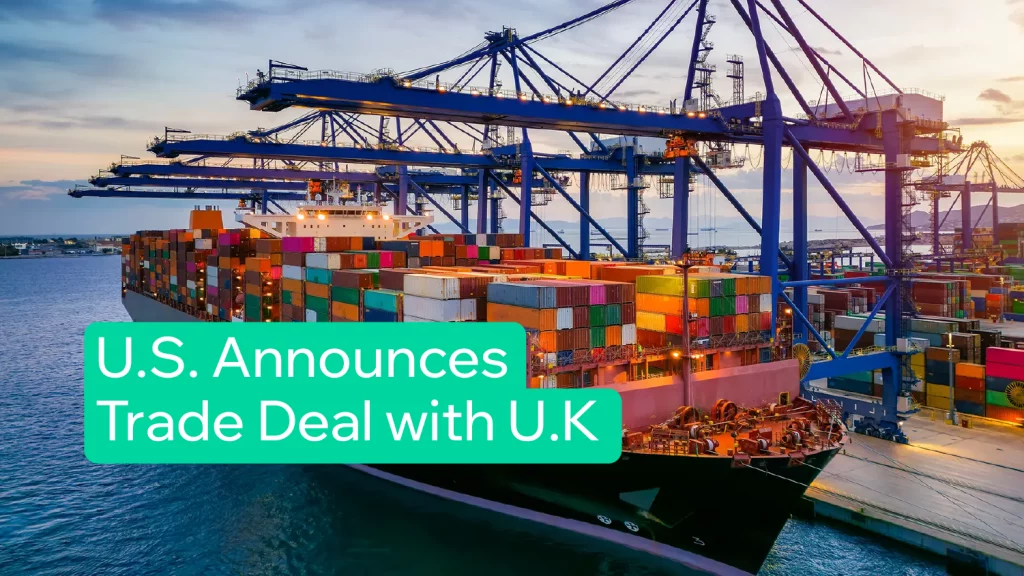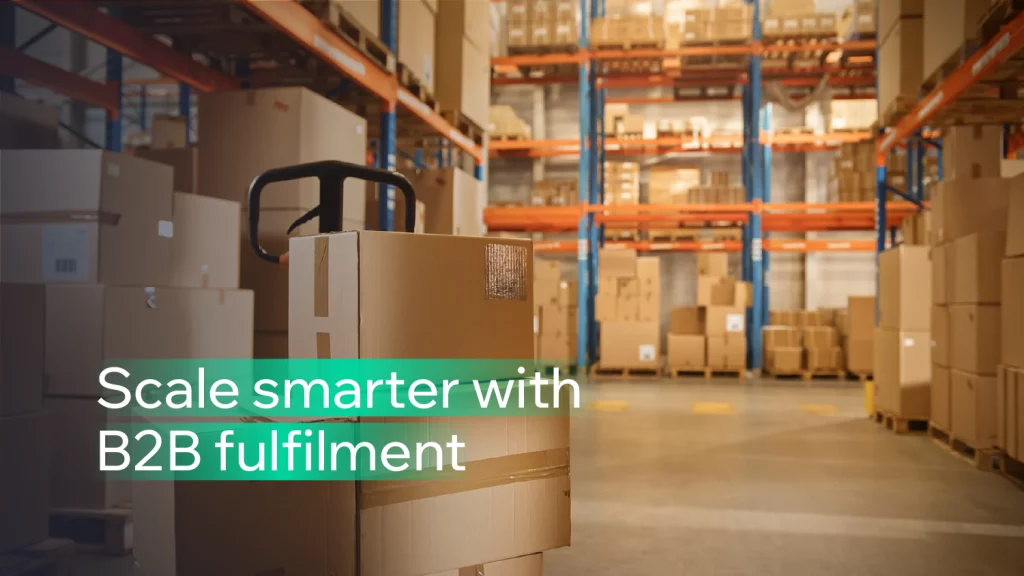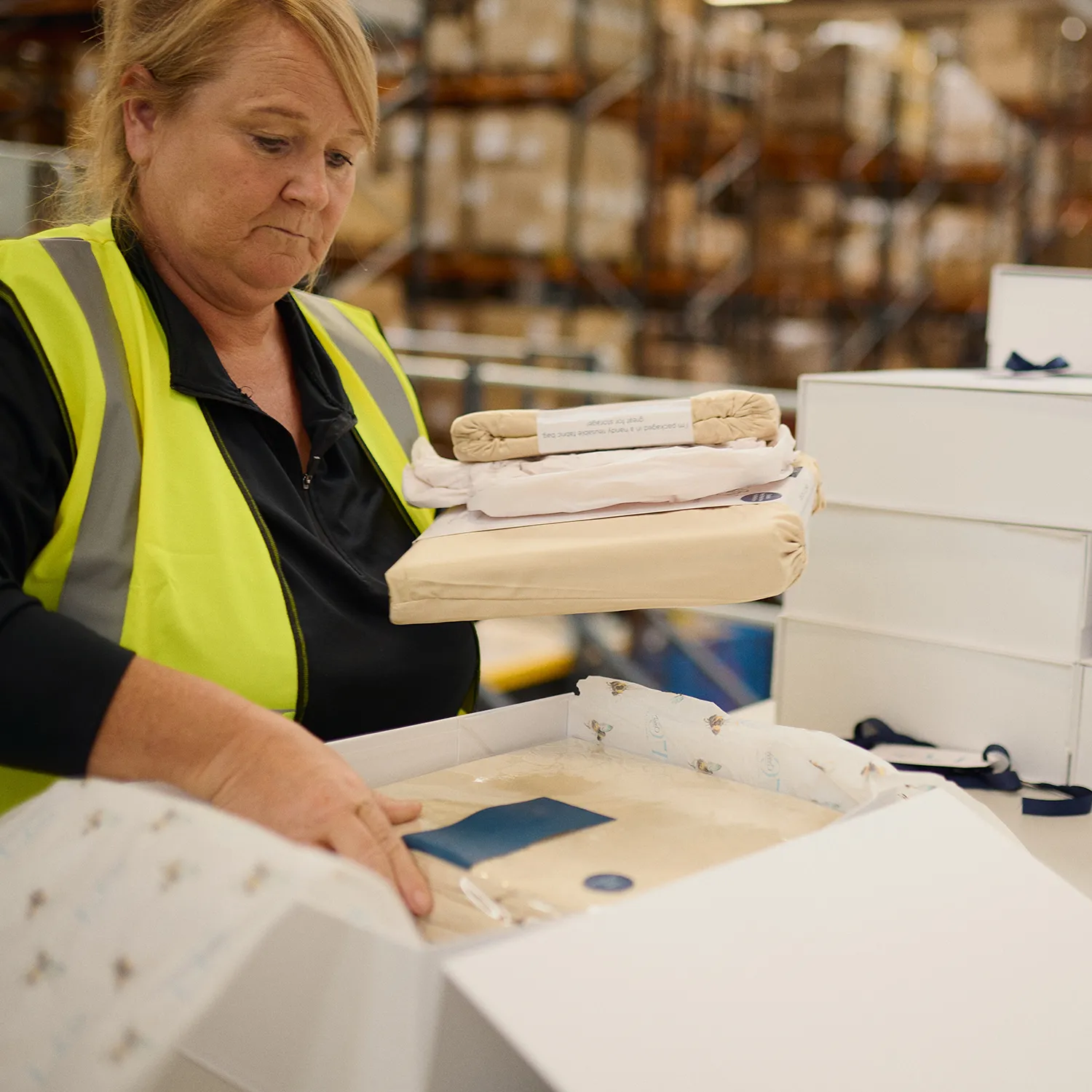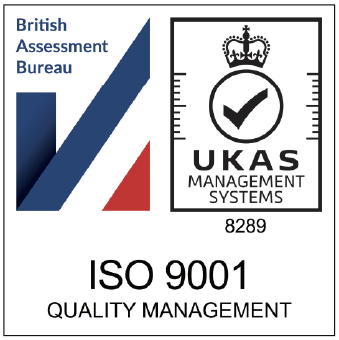Navigating the complexities of the modern supply chain requires a sophisticated approach, where leveraging Third-Party Logistics (3PL) services has become a cornerstone for businesses aiming to streamline their operations and enhance their competitive edge. In an industry marked by rapid technological advancements and evolving consumer expectations, 3PL providers offer not just logistical support but also a strategic partnership that empowers businesses to optimise their distribution networks, improve inventory management, and deliver exceptional customer service. By integrating cutting-edge technology with comprehensive logistics solutions, 3PL services are pivotal in driving efficiency, reducing costs, and ensuring the agility businesses need to thrive in today’s fast-paced market.
The role of 3PL services extends beyond traditional warehousing and transportation. It encompasses a broad spectrum of services including, but not limited to, freight forwarding, customs brokerage, order fulfilment, and even value-added services like packaging, kitting, and reverse logistics. This holistic approach allows businesses to customise their logistics strategy to meet their unique needs, enabling scalability and flexibility. Furthermore, the adoption of advanced analytics and real-time tracking technologies by 3PL providers offers businesses unprecedented visibility into their supply chain, facilitating informed decision-making and proactive management of supply chain risks. These technological integrations not only enhance operational transparency but also contribute to building a resilient and responsive supply chain.
For businesses looking to expand globally, the expertise of 3PL providers in navigating international logistics regulations, managing cross-border shipments, and optimising global distribution networks is invaluable. The strategic geographical positioning of 3PL warehouses, combined with their expertise in international trade laws, ensures that businesses can efficiently reach new markets while complying with regulatory requirements. In essence, partnering with a 3PL service is not just about outsourcing logistics; it’s about tapping into a wealth of expertise and resources that can propel a business towards achieving its strategic goals. As the 3PL industry continues to evolve, staying informed through insightful blog content can help businesses leverage the full potential of 3PL services to enhance their supply chain resilience, drive customer satisfaction, and achieve sustainable growth.

